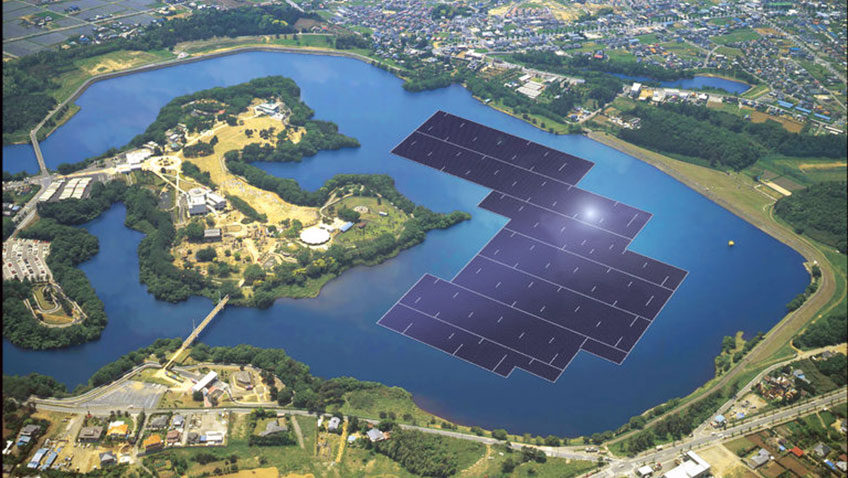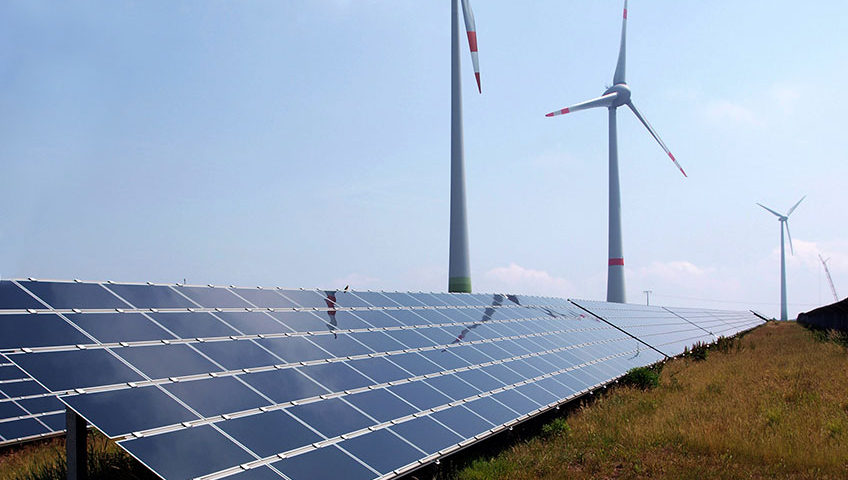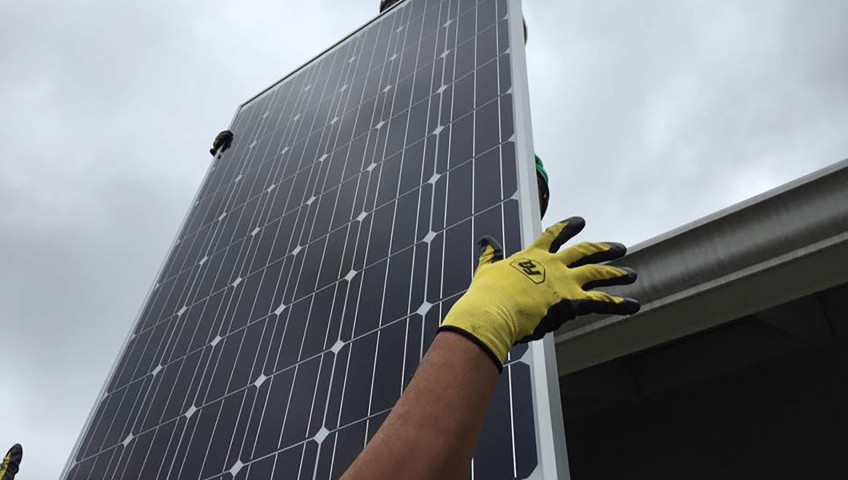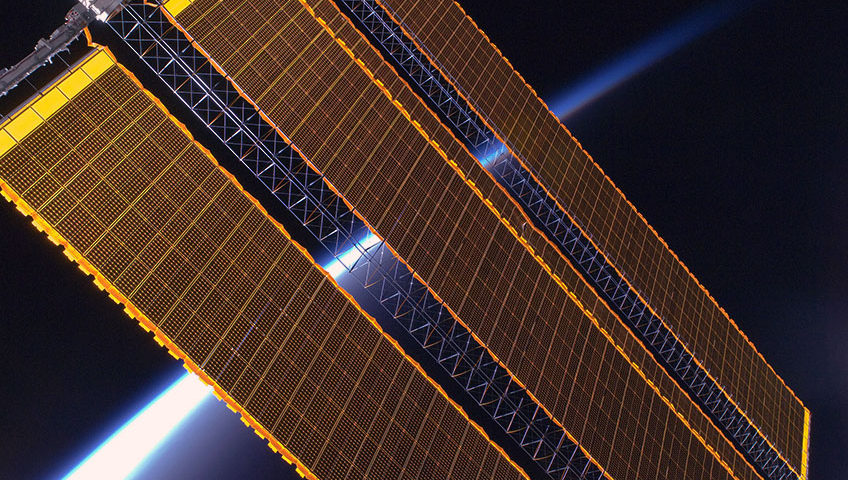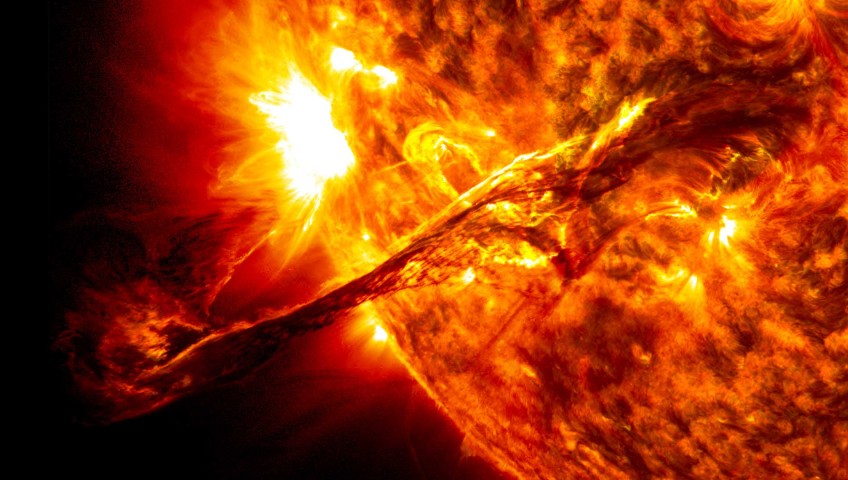
0 Comments
By SolarGem
Solar Power
atoms, burning, earth, life, orbit, planet, planets, solar facts, solar gem, solar panels, solar power, solar system, solargem, space, sun
FACTS ABOUT OUR SUN
Let’s face it, without the Sun there would not only not be human life on Earth but there would be no solar power either. The Sun is the central figure in our solar system and the source of all light and heat billions of miles outward. The Sun is an exciting and massive ball of gas that is studied intensely by scientists and we’ve learned a great deal about our host star over the last couple of decades. Here are a few fun facts related to the Sun.
JUST HOW BIG IS IT?
Looking up into the sky one can easily determine that the Sun is much larger than the Earth. Figuring out how much larger however can be difficult for the layperson. To put things in perspective size wise, try to remember that if it were possible to do so one could place over 1 million Earth’s inside of the Sun and still have room left over. When trying to determine just how much larger the Sun is than the Earth it’s also important to remember that Sun’s surface area is nearly 12,000 times that of the Earth’s.
HOW LONG WILL THE SUN LIVE?
When looking up at the Sun one also thinks of how old our star is and just how long it will “burn”. In truth the Sun isn’t burning anything at all but rather fusing atoms together and in the process creating heavier elements through nuclear fusion. That said the Sun will eventually run out of hydrogen which it’s converting now. Once that happens it will begin fusing helium into even heavier elements like carbon and oxygen. Once the Sun has converted all of it’s hydrogen into helium the Sun’s outer layers will both cool and expand a great deal. As these the outer layers of the Sun grow our star will eventually consume Mercury, Venus, and even Earth. This is known as the red giant phase in the life of a star like our own. This phase follows the main sequence phase of all stars and in a star like the Sun this phase will last for millions of years.
WHAT HAPPENS TO THE SUN AT THE END OF ITS LIFE?
So what happens at the end of the Sun’s red giant phase? Our star is a yellow dwarf and therefore does not have the mass necessary to explode as a supernova. Instead near the end of its red giant phase the Sun will begin pulsating and shed its outer layers off into space creating a planetary nebula. One can look into the night sky with a telescope or even strong binoculars and view planetary nebula like the crab nebula or the cats eye nebula to get a good idea of what the Sun’s nebula will look like it approximately 7 to 8 million years. Once the Sun has shed its outer layers only the core of our star will remain. This core is known as a white dwarf and will steadily cool over billions of years eventually becoming a black dwarf, a very heavy and dark solar remnant.
NEARLY A PERFECT SPHERE
The Sun certainly looks round to the unaided eye and it actually is very close to a perfect sphere, unlike the Earth which is an oblate spheroid. Some stars bulge get their center and some are egg shaped but our Sun is the closest thing to a perfect sphere we have observed in space. In fact there’s only a 10 km difference in its polar diameter when compared to its equatorial diameter.
THE SUNS DISTANCE FROM EARTH
Many people are shocked to learn that the light we see is actually eight minutes old. The Sun is, on average, roughly 93,000,000 miles away from the Earth and it takes like eight minutes to travel from its surface to our planet. This means you’re seeing the Sun as it was eight minutes ago and this should help put distances in space and perspective. Nothing travels faster than light which moves at about 186,000 miles per second which from our perspective is a great distance though for light its a hop skip and a jump.
AROUND THE MILKY WAY WE GO
Most of us know that the moon revolves around the Earth and that the Earth revolves around the Sun. Few people however are aware that the Sun actually orbits something as well. The Sun and our entire solar system orbits the black hole at the center of the Milky Way galaxy every 225 to 250 million years. Our Sun and all the planets are moving around the galaxy at an incredible 485,912 miles per hour.
(Photo credit goes to nasa.gov)


